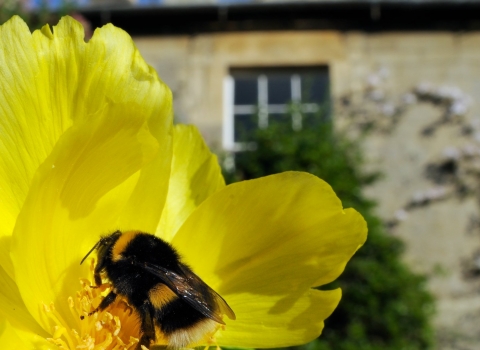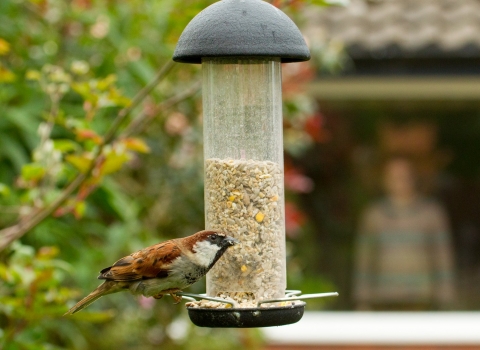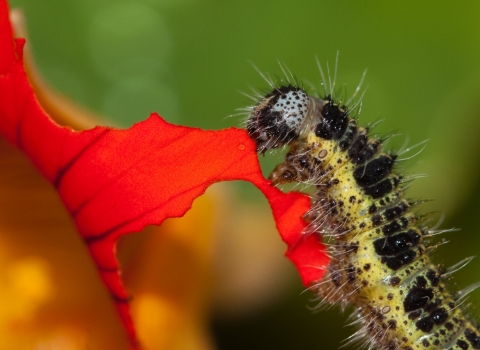In these strange and uncertain times when life has slowed, our worlds have shrunk, where interactions have become virtual or altogether absent, where anxiety of loved ones, friends, colleagues is high, one thing we can rely on is that the natural world continues on….oblivious to our plight and perhaps somewhat thankful of a more peaceful time with cleaner air!
So I turn my attention to the garden, lucky as I am to have this space, and immerse myself in the colour of nature and the busy daily lives of those resident, or just passing through. As I immerse myself into this world I feel a restorative wave, shoulders relaxing, spirits lifting as fascination of the natural world takes over any thoughts of worry and a sense of calm comes from the chaos.
I step out and am met by the flowering redcurrant, a dense wash of baby pink flowers adorn the bush in early spring. These beautifully delicate flowers provide nourishment as an early nectar source for many insects, especially the queen bumblebees emerging from their winter slumber. The bees are manic, bumbling from one flower to another gathering pollen and nectar to begin the creation of this year’s colony…….a lifetime condensed into a season, a clear purpose; collect, provide, procreate.




